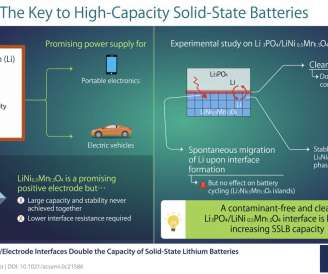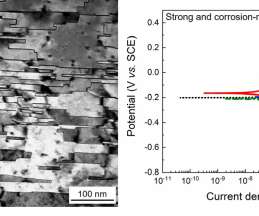Researchers show clean solid–electrolyte/electrode interfaces double capacity of solid-state Li batteries
Green Car Congress
JANUARY 27, 2021
Scientists at Tokyo Institute of Technology (Tokyo Tech), Tohoku University, National Institute of Advanced Industrial Science and Technology, and Nippon Institute of Technology, have demonstrated by experiment that a clean electrolyte/electrode interface is key to realizing high-capacity solid-state lithium batteries (SSLBs).





















Let's personalize your content